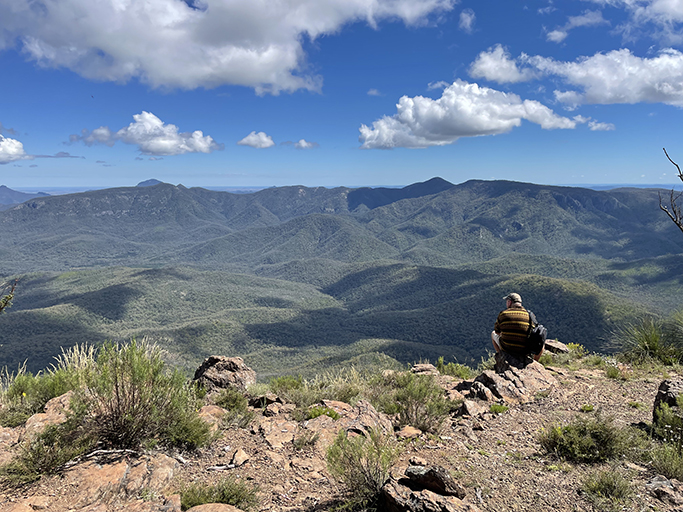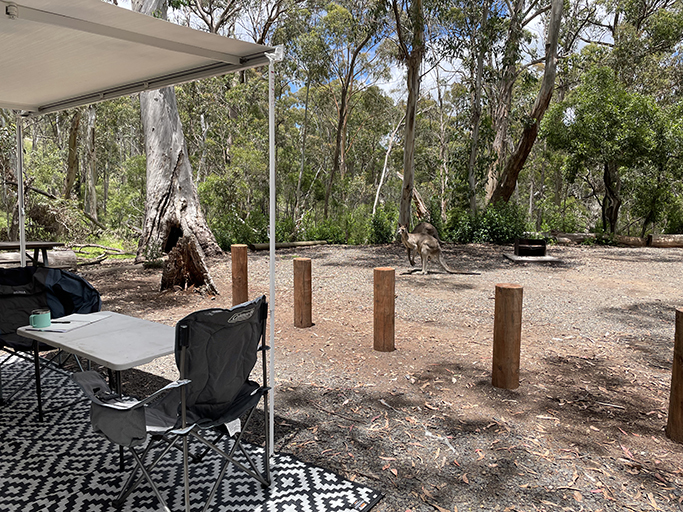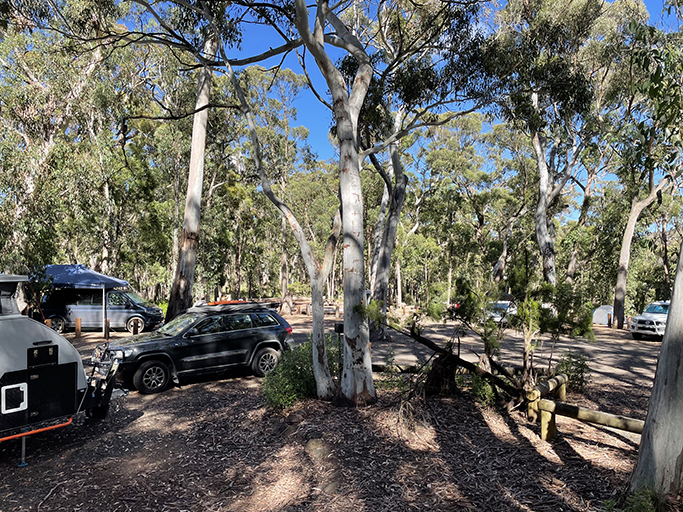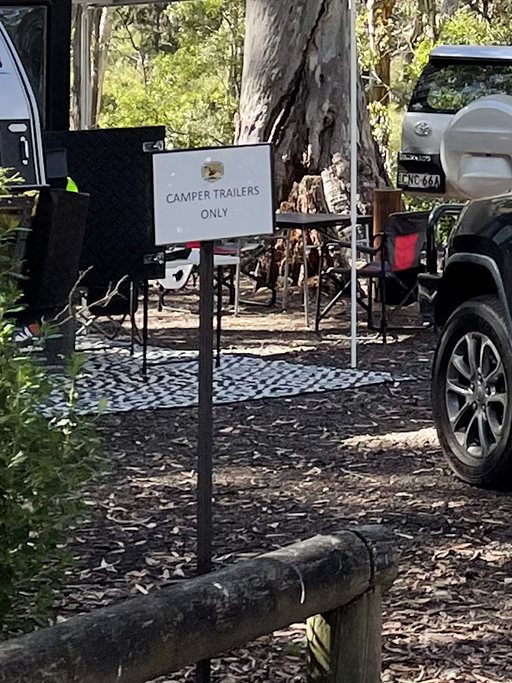
Mount Kaputar National Park
The Nandewar Range
Australia’s most northerly alpine region is an hours drive from Narrabri in the Namoi Valley, NSW.
Mount Kaputar National Park (pronounced Cap–you–tar) is part of the Nandewar Ranges which were created by erupting volcanoes over 17 million years ago. The summit of Mount Kaputar sits at 1512 meters above see level and provides panoramic views of lava terraces, volcanic plugs and the surrounding plains. We are spending a few days over the New Year period exploring this and other areas of northern NSW.
The National Park is home to lots of plant and animal species – including bats, birds, wallabies and quolls. It’s most unusual resident however is a native pink slug! It apparently appears after rain, and is unique to Mount Kaputar National Park, but remained elusive during our visit.
There are two camping areas and a multitude of walking tracks in the park. Entering from the west, the road is 17km of narrow, winding and predominately dirt driving. Before the climb begins there is a sign ‘caravans are not permitted’ which causes us to pause for a minute. The campground does take bookings for camper trailers which is a bit of a grey area for us with our off-road hybrid caravan/camper trailer. The road could be considered unsuitable for a variety of reasons – steep grade, passing width… This isn’t the first time we have come across this conundrum but considering the small size of our van, and with fingers crossed, we decide to give it a go. There is no problem with our car and the grade of the road but it is indeed very narrow in places. There are occasional wider passing sections and we are lucky to only come across cars heading the other way in convenient spots. We could be in trouble if we came head on with another car towing a trailer in the wrong place. Someone would have to reverse along the narrow windy road until we could get past each other.


On the way up through the park you pass several lookouts and the smaller of the two camp grounds, Bark Hut picnic and campground. There are nine sites here for tents and camper trailers. There are toilets, showers, bbqs and each site has a wood fireplace (although you need to bring your own firewood). Dawsons Springs campground is closer to the top of the mountain and has 15 sites, again for tents or camper trailers, and similar facilities to Bark Hut Campground. It also has three small cabins for 2-4 people if you are not into camping. The sites at both campgrounds are unallocated, with some marked for camper trailers and other grassy areas marked for tents only. We have two sites booked at Dawsons Springs and the camp area is not full so we have a choice of sites.




The first thing we notice on getting out of the car is the quiet. Nothing can be heard except the sound of birds and a distant creek. Even the other campers seem to be occupied with peaceful activities. The next thing we notice is the very friendly locals. Kangaroos are very happily wandering through the camp ground. If fact each morning of our stay we have to clean up kangaroo droppings from the mat next to our van. The baby roos are very cute and their mothers watch over them carefully, you wouldn’t want to get too close to the very powerful looking males though.
After setting up camp we decide to do a couple of the shorter walks that start from the camp area today and move on to some of the further afield walks on our second day. There are walks available for all fitness levels, from the 1.4km Dawsons Spring Nature Trail, up to a 19km, grade 5, walk to Scutts Hut and Kurrawonga Falls, which we did not attempt. Not sure my post lockdown fitness level was quite up to that one, maybe on our next visit.

Read more about the Mount Kaputar walks that we did here.
Don’t forget that camping in all National Parks now requires a booking, and keep in mind that the elevation of this park means that the climate is quite a bit cooler than you might expect. Even in summer you will need something warm to wear in the evening. We would definitely come back to Mount Kaputar National Park, although tackling the road up the mountain would be easier if we had a friend with a radio ahead of us, to warn of oncoming traffic. For now though, we are off to the Warrumbungles.
